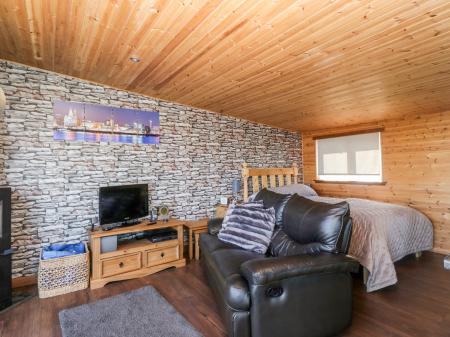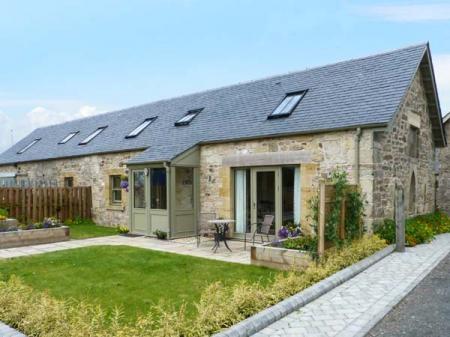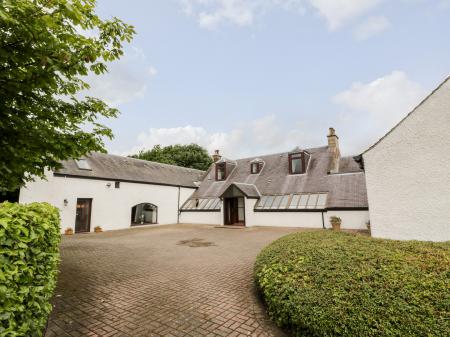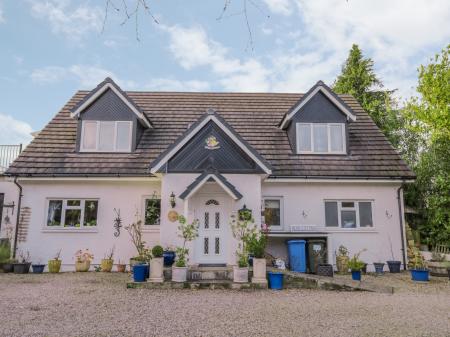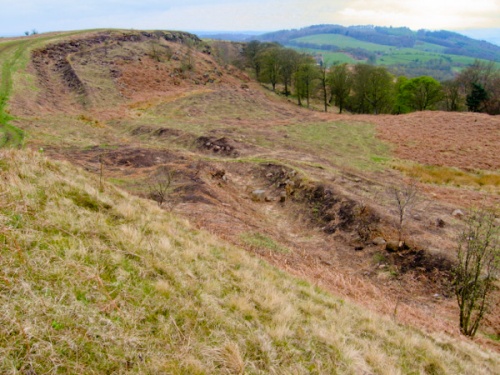
Croy Hill Roman Fortlet is small, measuring 270 ft x 243 feet, enclosing an area of 1.5 acres. The fort was joined to the wall on its northwest side and was defended by three ditches on the southwest and two ditches on the southeast.
Within the fort is a large well and a rectangular bath house lies just outside the northern corner. Excavations at Croy Hill revealed that the 2nd-century fort lies atop an earlier Roman camp, which has been linked - though with precious little evidence - to the 1st-century campaigns of Agricola in Scotland.
So here on one site, you have remains of a fort, a later fortlet, a temporary marching camp, and two raised platforms used as signal towers.
It is not surprising that Croy Hill was used for signalling; at 120m above sea level it is one of the highest points on the Antonine Wall and it offers wide-reaching views from the Firth of Forth in the east, the Kilsyth Hills to the north, and Bar Hill, the next fort to the west.
Excavations revealed foundations of a granary, headquarters building, a stone-lined well, and a shrine with an altar to nymphs. Artefacts uncovered during the excavations included coins from the reigns of Domitian (AD 81-96) and Trajan (AD 98-117).
Later investigation found a fortlet some 80m west of the main fort, and fragments of pottery suggesting that the hill was settled before the coming of the Romans.
 We've 'tagged' this attraction information to help you find related historic attractions and learn more about major time periods mentioned.
We've 'tagged' this attraction information to help you find related historic attractions and learn more about major time periods mentioned.